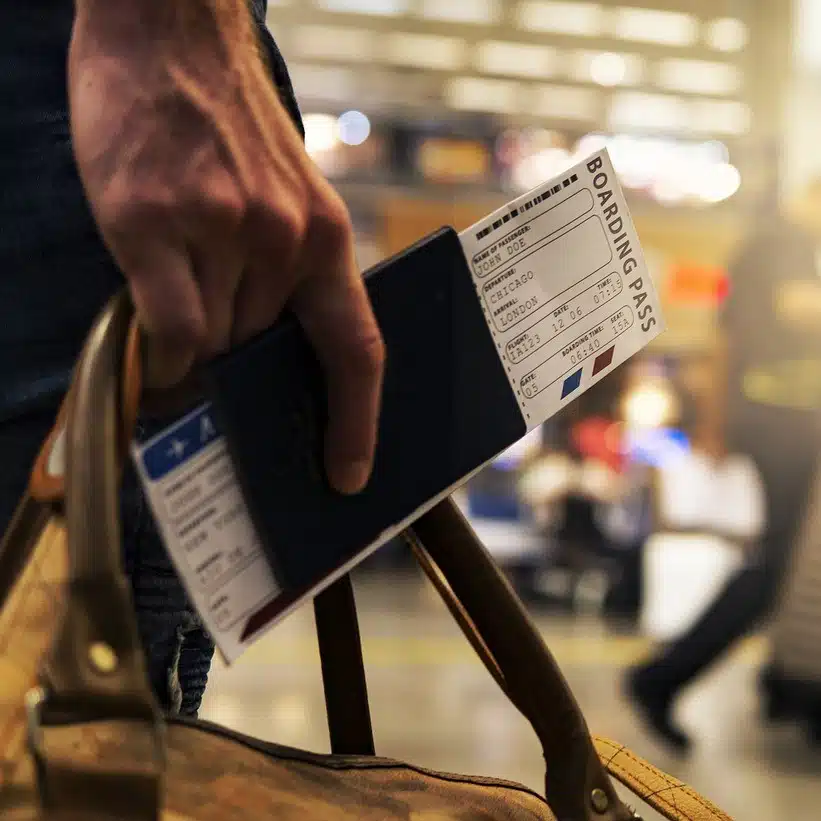The iconic ad slogan “don’t leave home without it” may have had its heyday in the 1970s, but its message still rings true for many consumers, especially when they travel. Among North American consumers, 58% prefer to use a credit card when traveling, found a new report from TSG, a payments-advisory firm. Debit cards were preferred by 43%, and cash by 40%. TSG conducted the survey, which was commissioned by Discover Global Network.
Of the other regions surveyed—Asia, Europe, and Oceania—debit is the preferred payment method for travel, with 69% in Asia selecting it, 70% in Europe, and 78% in Oceania (Australia and New Zealand).
“Globally, debit card was the most popular payment method selected by travelers, with cash and credit card close behind,” Sheridan Trent, TSG director of market intelligence, tells Digital Transactions News via email. And among those North Americans preferring credit cards, 34% use an airline-branded card, 17% select a travel-specific one, and 14% choose a non-travel-specific one.

One reason why credit cards might be more popular in North America is that many consumers have multiple cards. U.S. consumers have an average of 3.9 active credit cards, according to credit reporting agency Experian.
Among the potential reasons why so many like airline-branded credit cards is the sizable marketing of them, Trent says. “U.S. airlines have just had more success when it comes to illustrating a value proposition for airline-branded credit cards,” she says. “But there is also more acceptance/openness to credit cards in the U.S., so consumers are generally more willing to try out new cards.”
The survey of 1,800 consumers—225 were in the United States and 240 in Canada—also asked about traveler concerns about payment fraud. Notably, the youngest cohort, Gen Z, had the most concern about travel payment fraud, with just 14% not concerned about it, compared with 19% for Millennials, 23% for Gen X, and 24% for Baby Boomers. A significant 40% of those in the Silent Generation, born between 1928 and 1945, had no concerns.
“The trend here is very interesting, because what it shows is that younger travelers are actually more concerned than travelers who are older,” Trent says. “This could have to do with a lack of travel experience, as older travelers are more likely to have some travel under their belts already and may feel more confident. But it could also reflect the fact that many indicators are pointing to an increase in payment fraud over the past few years– and that young people may be increasingly aware of these concerns from social media or general research they have done before traveling.”




